How To Get Started In Women's Powerlifting
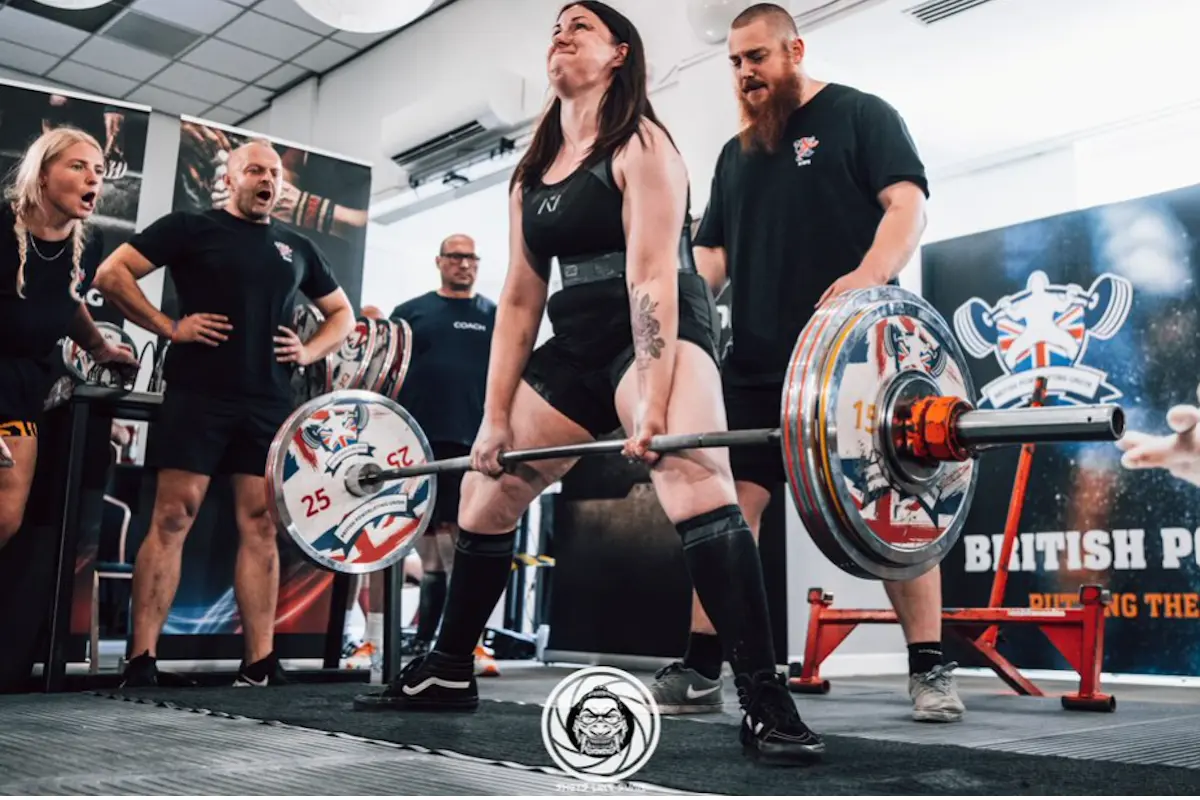
What's In This Article
- Key Highlights
- Introduction
- The Rise of Women in Powerlifting
- Benefits for Women Who Powerlift
- The Rise of Powerlifting Women
- A Step-by-Step Guide For Women Starting Powerlifting
- Conclusion
- Frequently Asked Questions
- References
- Resources
Key Highlights
- Accessible to All: You don't have to be a seasoned athlete to start powerlifting. If you can perform a squat, bench press, and deadlift with proper form, you're ready to begin!
- Strength Over Aesthetics: Powerlifting prioritizes strength gains over a specific body image. It's about pushing your limits and celebrating what your body can achieve.
- Supportive Community: The powerlifting community is known for its inclusivity and camaraderie. You'll find encouragement and support throughout your journey.
- Structured Training: A dedicated training plan is crucial for success. Focus on the "big three" lifts: squat, bench press, and deadlift.
- Proper Nutrition is Key: Fueling your body with adequate calories and nutrients is non-negotiable. Prioritize a balanced diet to support your training.
Introduction
Powerlifting used to be a sport primarily for men. Now, women are joining in and enjoying it more than ever. It’s not just about being strong; women like this sport for its physical and mental benefits.
My own journey in powerlifting is a testament to the transformative power of strength and determination. After struggling with severe anorexia, I discovered powerlifting in my forties and completely reinvented my life.
I rose from a place of extreme vulnerability to become a national and international champion. Today, I compete at the highest levels and coach others, turning my journey of overcoming adversity into a source of inspiration and empowerment.
The Rise of Women in Powerlifting
Powerlifting is about testing your strength. It focuses on three basic lifts: squat, bench press, and deadlift. A 2020 study by Latella et al. analyzed the long-term strength development of powerlifting athletes over 15 years. The results showed that female powerlifters, like their male counterparts, experienced significant strength gains over time.
The great thing about this sport is that it is fair. Your success depends only on how well you perform, how hard you work, and how much weight you can lift. It’s a journey where you push your limits, fight doubts, and see the incredible strength of women.
Meg Gallagher, powerlifter and coach, says, "I've been called every name. I've been called too skinny. I've been called too fat. I've been called too muscular. I think once you get to a place where there are so many more important things, like how you're training and what your training goals are, you stop caring. I'm at a point where I don't even care how I look. I think I look fine and I look happy, but that's not my main focus anymore, which is so freeing. I can go to the gym and only focus on this one thing—getting better and getting stronger."
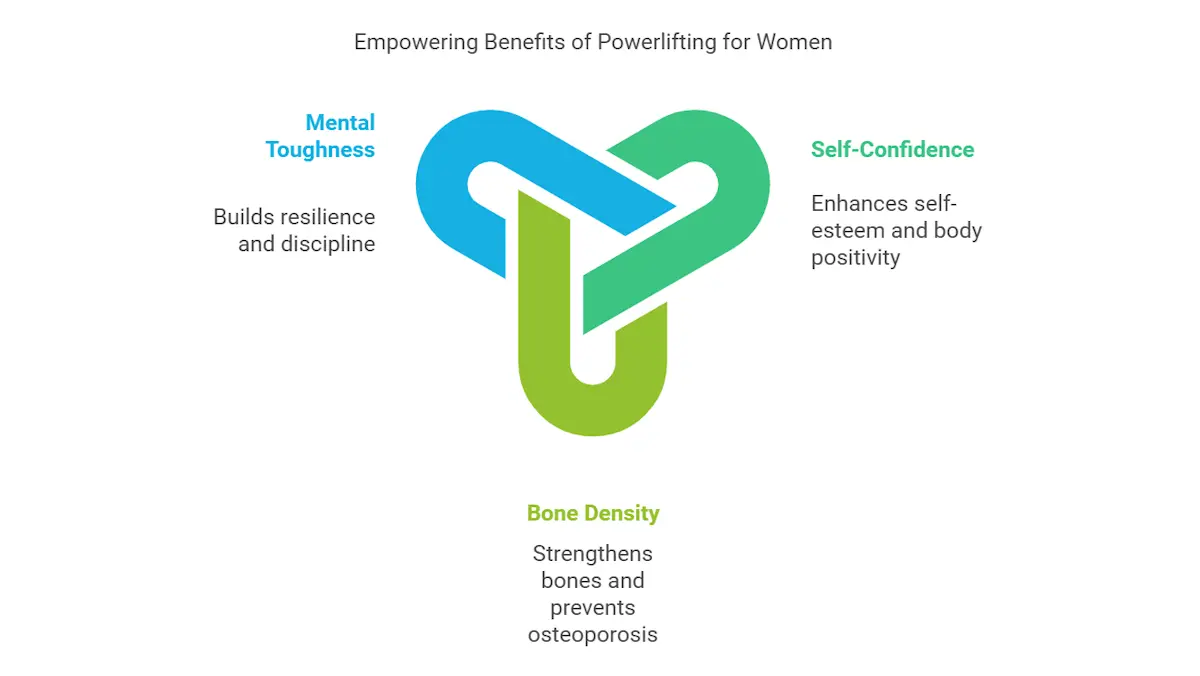
Benefits for Women Who Powerlift
- The benefits of powerlifting go beyond just getting stronger. It helps women build self-confidence and a positive view of their bodies. When you see your body do amazing things, your idea of strength and beauty changes. Powerlifting helps you value your body for what it can do, not just how it looks.
- Additionally, lifting boosts bone density, which is important in avoiding osteoporosis as you age. It also increases your overall strength, making daily tasks easier. Simple things like carrying groceries, lifting kids, or moving furniture become much easier as you get stronger and more stable.
- Another great benefit is the mental toughness it provides. The discipline and focus needed for training and competing also help in other parts of life. This experience prepares you to take on challenges confidently and with resilience.
- A retrospective study by Latella et al., published in 2023, explored changes in strength over time in powerlifting athletes, including older women. The results showed that female Masters 3 and 4 athletes (over 59 years) still displayed a 2.5-5.0% strength improvement, although a slight strength loss was observed in Masters 4 males. This study supports the benefits of continued strength training across the age span.
- Many studies, such as Koplas et al. (2012) and Hurley et al. (2018), have shown the mental health benefits of strength training for women. 25-year-old Sikh powerlifter Karenjeet Kaur Bains says, "It's a huge honour. I'm proud to be able to represent my culture and identity, especially as a female in a predominantly male-dominated sport."
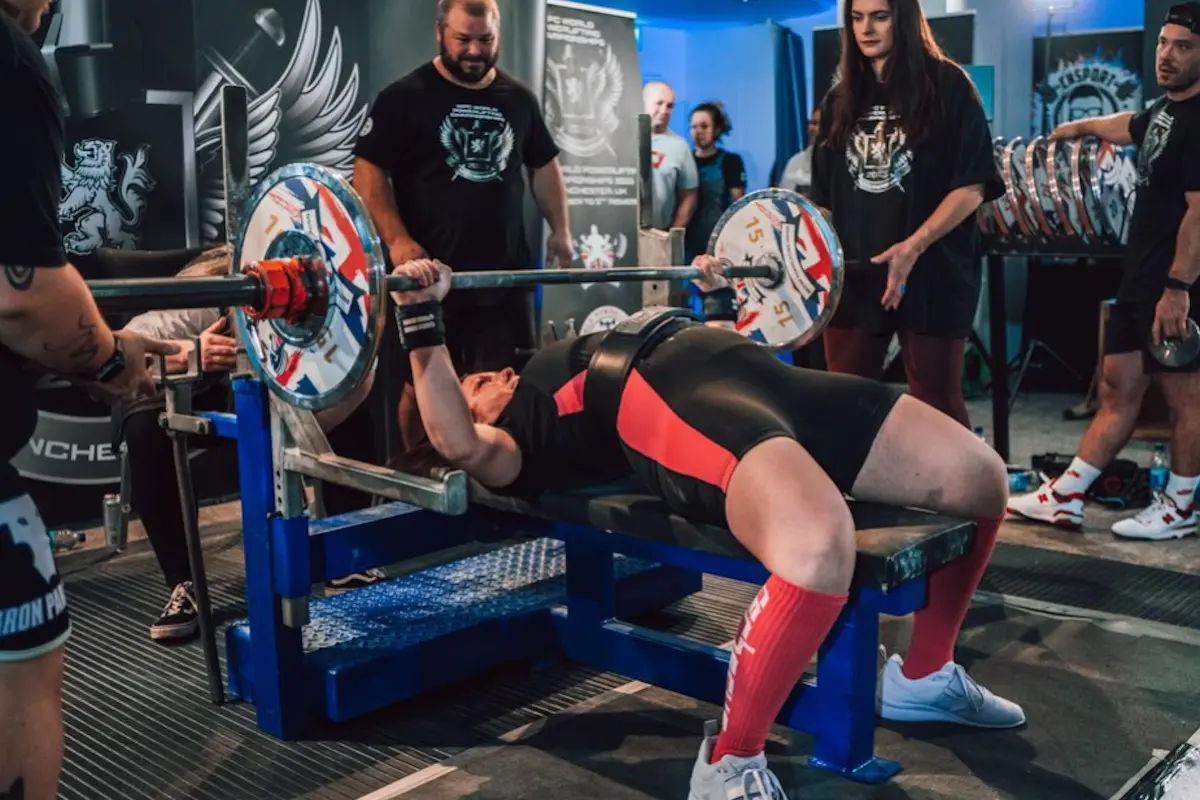
The Rise of Powerlifting Women
While historically overshadowed, the rise of women in powerlifting is undeniable. Women now dominate this arena, breaking barriers and stereotypes. As more women embrace the sport, the playing field becomes more inclusive, highlighting female athletes' strength gains and achievements.
The amount of weight women lift continues to impress, showcasing their undeniable prowess and dedication. women powerlifters redefine conventional norms by focusing on skill and technique rather than body shape.
This surge promotes physical strength and empowers women beyond the gym, inspiring others to join this journey. There are numerous examples of successful powerlifting women with notable mentions of:
- Amanda Lawrence is a 23-year-old powerlifter from Minnesota, currently reigning as the world champion in the 84kg weight class. She has been powerlifting since 2016 and holds the IPF Junior and Open records for squat, deadlift, and total in her weight class. Her best powerlifting total was 646kg (1424.2lbs) at a USAPL meet in November 2020. Lawrence is active on social media, sharing her training footage, lifestyle updates, and advice on her journey.
- Stefanie Cohen is a highly renowned powerlifter known for her exceptional deadlift strength at a body weight of 56kg. Her best raw total was 525kg (1157.4lbs) in 2018, with a deadlift of 240kg (529lbs) at a body weight of 54kg. Besides being a world-class powerlifter, Cohen is also a Doctor of Physical Therapy and co-owner of Hybrid Performance Method.
- Sharon Eggleton, a 45-year-old powerlifter from England, made an impressive showing at the WRPF-UK 2024 Pro Showdown, demonstrating remarkable strength. Competing at a bodyweight of 66.4 kg (146.5 lbs), Eggleton delivered outstanding performances across all three lifts. Her squat reached an impressive 227.5 kg (501.5 lbs), her bench press hit 127.5 kg (281 lbs), and her deadlift topped out at 245 kg (540.1 lbs). These remarkable lifts have positioned her as the strongest UK lifter when considering weight lifted relative to her body weight. This is a testament to her exceptional athletic prowess and dedication to the sport.
Debunking Myths About Women in Powerlifting
- One common myth about women's powerlifting is that it will make you bulky. This is not true. You need specific training and diet plans to build a lot of muscle. Many women discover that powerlifting helps them achieve a powerful and toned look.
- Another misunderstanding is that this sport is only for experienced lifters. This is far from the truth. Powerlifting is open to women of all ages, sizes, and skill levels. Weight classes create a fair playing field. You will meet a friendly and supportive community no matter where you are in powerlifting.
- Some women are afraid to compete because they think they need special gear, like a shirt for benching. While equipped powerlifting is an option, raw powerlifting is becoming more popular. This style uses very little gear and is perfect for beginners.
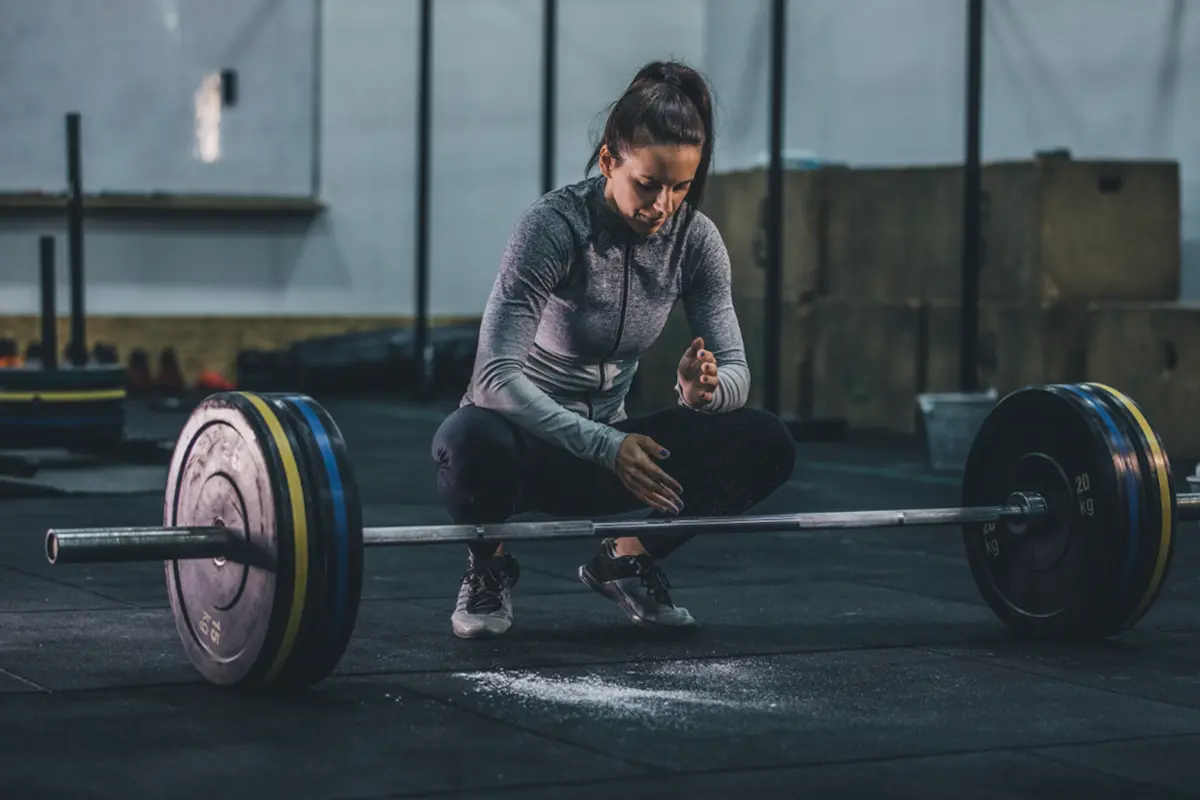
A Step-by-Step Guide For Women Starting Powerlifting
Are you ready to start your powerlifting journey? The process is simple but needs your dedication and a thoughtful plan. By following these steps, you can have a successful and fulfilling experience in women’s lifting.
Step 1: Learn Proper Form and Techniques
The key to safe and effective lifting is knowing how to use the correct form and technique. Using the wrong form can increase your injury risk and slow your progress. Begin with lighter weights so you can focus on getting your technique just right before you slowly add more weight.
There are many resources to help you learn proper form.:
- You might think about hiring a good powerlifting coach. They can watch your movements, give helpful feedback, and help you understand each lift better.
- Online sites offer videos and articles from skilled lifters. They share great tips on how to do the bench press, squats, and deadlifts correctly.
Stay patient during this time. Don’t rush yourself. Take your time to build a strong base. This will help when you move on to heavier weights.
Step 2: Develop a Solid Training Plan
A good training plan is very important for steady progress. You should not just go to the gym and lift random weights. A well-made plan will tell you how often to train, how hard to work, and what exercises to do in each session.
When you pick or make a training plan, think about these things:
- Progressive Overload: Gradually increase the weight, reps, or sets over time. This is key for strength gain.
- Rest and Recovery: Make sure to take enough rest. This helps your muscles grow and recover.
- Exercise Selection: A balanced plan should have key exercises like squats, bench presses, and deadlifts. You should also include accessory exercises that work on specific muscle groups.
Remember that what is good for one powerlifter may not be right for another. It might be helpful to talk to a good coach to create a training plan that fits your goals, level of experience, and recovery needs.
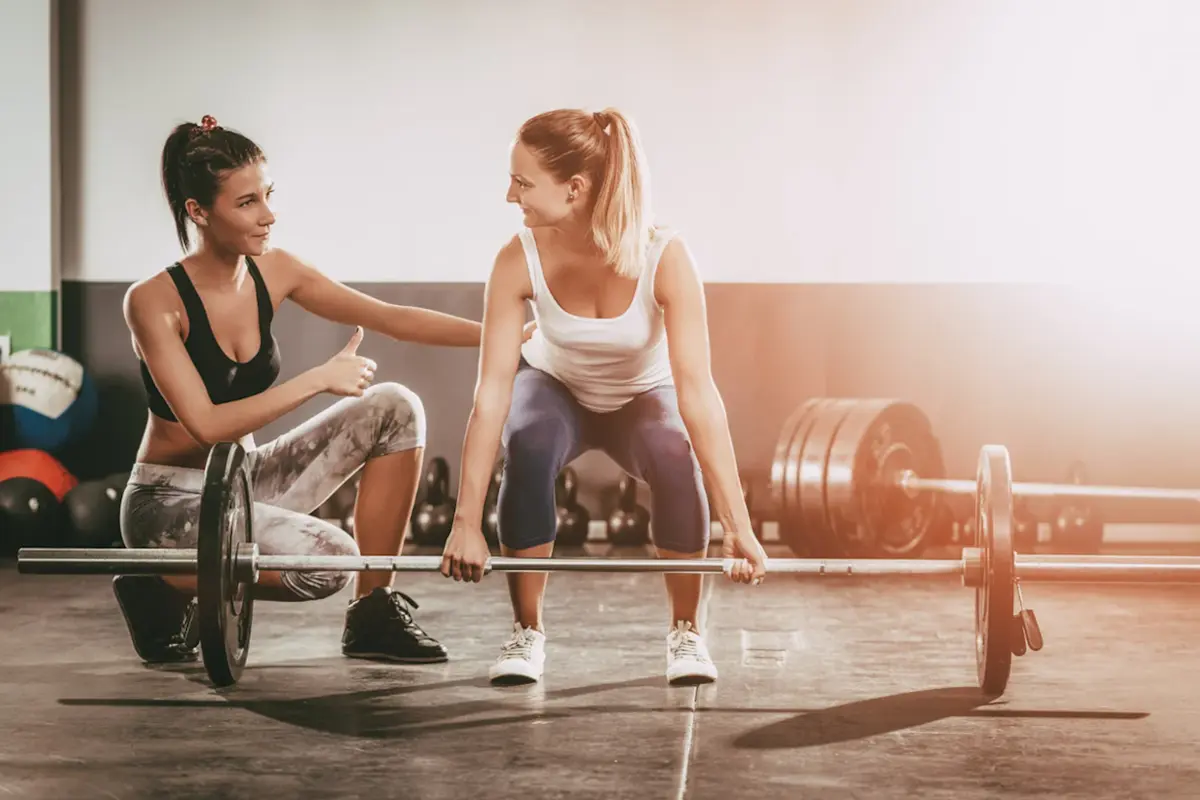
Step 3: Powerlifter Nutrition and Diet Basics
Nutrition plays a pivotal role in fueling your powerlifting journey. Just as you wouldn't expect a car to run without fuel, your body needs the proper nutrients to support the demands of strength training. Consuming enough calories is crucial, especially when engaging in intense training.
Prioritize a balanced diet rich in whole foods. Focus on adequate protein to support muscle growth and repair, carbohydrates for energy production, and healthy fats for overall health and hormone regulation.
Remember, this sport is demanding and takes a lot of time, and your body needs sufficient calories and nutrients to recover and rebuild muscle tissue after intense training sessions.
|
Macronutrient |
Food Sources |
|---|---|
|
Protein |
Chicken, fish, lean beef, eggs, Greek yogurt, beans, lentils, tofu |
|
Carbohydrates |
Brown rice, quinoa, oats, sweet potatoes, fruits, vegetables |
|
Fats |
Avocado, nuts, seeds, olive oil, fatty fish (salmon, tuna) |
Step 4: Join a Community or Find a Coach
One of the best things about powerlifting is the strong community it builds. Being around people who feel the same way about lifting can give you great support and motivation.
- You can meet skilled lifters when you join a powerlifting gym or club. They can share tips, help with your technique, and be there as a spotter when you bench heavy weights. Training with others who know what it takes can help you get stronger and make good friends.
- It’s also wise to get advice from a good powerlifting coach. A qualified coach will create a training plan just for you. They can help with your form and support you to keep you safe and on track. They will also teach you about preparing for competitions. This includes picking your weight class, learning the rules, and knowing what to expect on meet day.
Conclusion
Women’s powerlifting challenges old beliefs and shows a world of strength and empowerment. The growing number of women in powerlifting shows a move toward including everyone and breaking down barriers. Take on the challenge, test your limits, and see how it can change your body and mind. Join the growing group of women in powerlifting and discover your true strength!
Frequently Asked Questions
What are the best powerlifting exercises for beginners?
The main exercises for those new to the sport are the bench press, deadlifts, and squats. These exercises work many muscle groups simultaneously, helping you get stronger overall. First, learning how to do each move using lighter weights is essential. Then, as you get stronger, you can slowly add more weight.
How often should I train as a beginner in powerlifting?
As a beginner, try to have 2-3 weekly training sessions. Make sure you get enough rest and recovery between these workouts. Focus on doing each lift correctly rather than doing many lifts. Avoid overtraining, as this can cause injury and slow down your progress.
Are there any specific nutritional guidelines for women's powerlifters?
Nutrition advice for powerlifting is the same for both men and women. You should focus on a balanced diet. Eat enough calories to support your workouts. Make sure you get enough protein to help your muscles grow and recover. Carbs will give you energy, while healthy fats help with hormone balance. Don't cut calories too much, hurting your performance and recovery.
What are some key exercises to include in a women's powerlifting routine?
Key exercises include squats, deadlifts, bench presses, and overhead presses. These compound movements target multiple muscle groups, promoting overall strength and muscle development for an effective powerlifting routine.
References
- Hurley, K. S., Flippin, K. J., Blom, L. C., Bolin, J. E., Hoover, D. L., & Judge, L. W. (2018). Practices, perceived benefits, and barriers to resistance training among women enrolled in college. International Journal of Exercise Science, 11(5), 226–238.
- Koplas, P. A., Shilling, A. E., & Harper, M. S. (2012). Reduction in perceived stress in healthy women older than 30 years following a 24-week resistance training program: A pilot study. Journal of Women's Health Physical Therapy, 36(2), 90-101.
- Latella, C., Teo, W., Spathis, J., & van den Hoek, D. (2020). Long-term strength adaptation: A 15-year analysis of powerlifting athletes. Journal of Strength and Conditioning Research, 34(9), 2412-2418.
- Latella, C., van den Hoek, D., Wolf, M., & Androulakis-Korakakis, P. (2023). Using powerlifting athletes to determine strength adaptations across ages in males and females: A longitudinal growth modelling approach. Sports Medicine, 54(6).